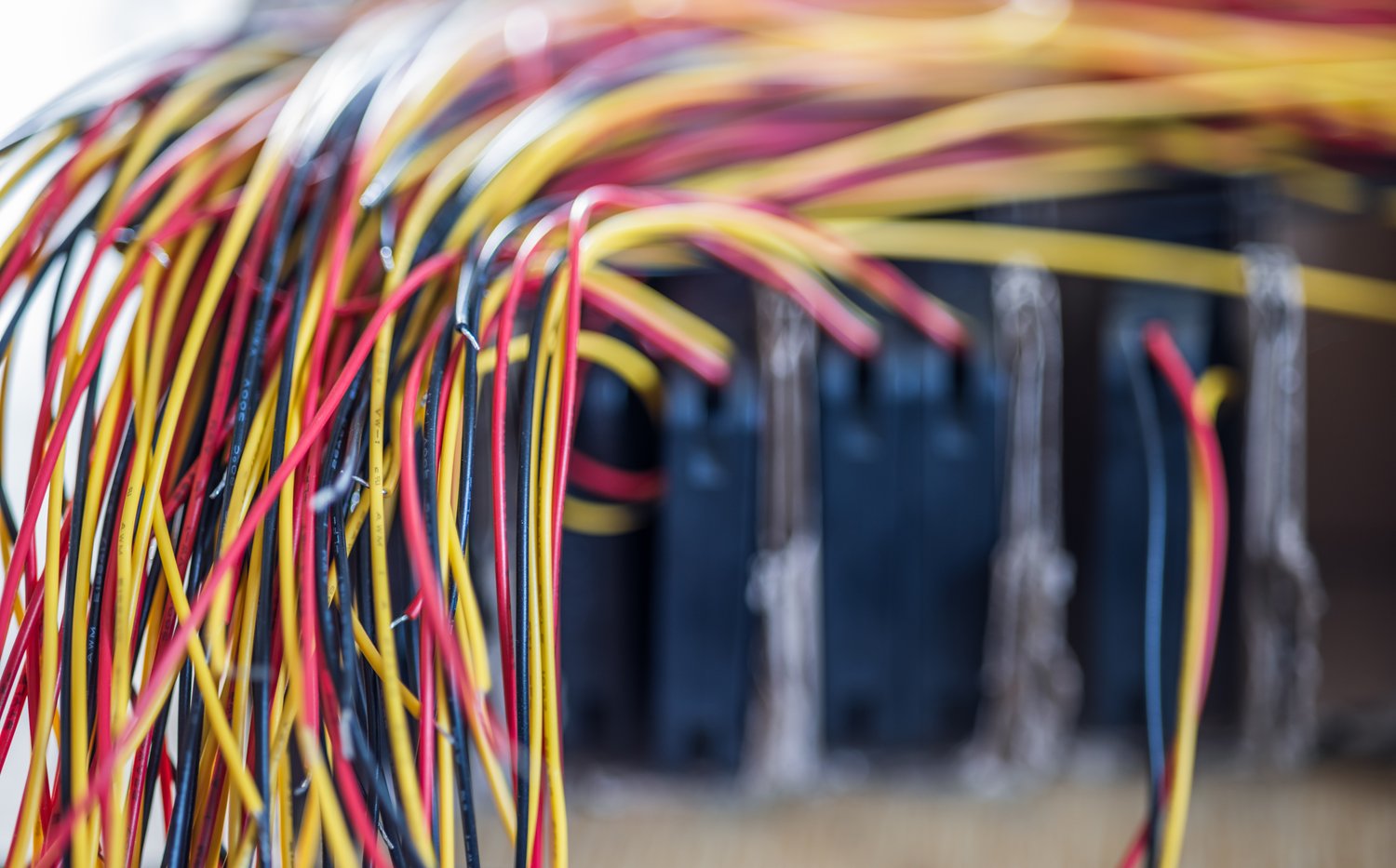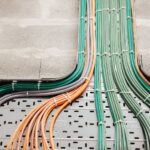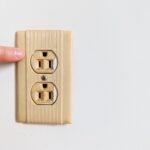Understanding different types of cables
Electrical cables come in various types, each designed for specific applications. Solid core cables are ideal for fixed installations, while stranded cables offer more flexibility. Coaxial cables are commonly used for video and data transmission. Fiber optic cables transmit data using light signals, offering high-speed connectivity. Twisted pair cables, such as Cat5e and Cat6, are standard for Ethernet networks. Cables and wires play a crucial role in electrical systems, ensuring safe and efficient power distribution.
When selecting cables, consider factors like voltage rating, current capacity, and environmental conditions. Low voltage cables typically operate below 1000V, while medium voltage cables range from 1kV to 33kV. High voltage cables exceed 33kV and are used in power transmission systems. Temperature ratings are also important, with some cables designed to withstand up to 90°C. [Cables and wires] https://onninen.pl/en/products/Cables-and-wires come in various insulation materials, including PVC, XLPE, and rubber.
Cable sizing is critical for ensuring safety and efficiency. Undersized cables can overheat, leading to potential fire hazards. The American Wire Gauge (AWG) system is commonly used to specify wire sizes, with lower numbers indicating larger diameters. For example, a 12 AWG wire has a diameter of 2.053 mm, while a 14 AWG wire measures 1.628 mm. Always consult local electrical codes and standards when determining the appropriate cable size for your project.
Importance of fireproof and halogen-free cables
Fire safety is a critical consideration in electrical installations. Fireproof cables are designed to maintain circuit integrity during a fire, allowing essential systems to continue functioning. These cables typically use mineral-based insulation materials that can withstand temperatures up to 1000°C for several hours. In commercial buildings, fireproof cables are often required for emergency lighting, fire alarm systems, and smoke extraction equipment.
Halogen-free cables offer significant safety advantages in the event of a fire. Unlike PVC cables, which release toxic gases when burned, halogen-free cables produce minimal smoke and no corrosive gases. This reduces the risk of smoke inhalation and makes evacuation safer. [fireproof and halogen free cables] https://onninen.pl/en/products/Cables-and-wires/Fireproof-and-halogen-free-cables are increasingly specified for public buildings, hospitals, and transportation systems.
When selecting fireproof and halogen-free cables, look for certifications such as IEC 60331 for circuit integrity and IEC 60332 for flame retardancy. The Low Smoke Zero Halogen (LSZH) designation indicates cables that meet strict emission standards. These cables typically use polyethylene or polypropylene-based insulation materials. While they may be more expensive than standard PVC cables, the added safety benefits often justify the cost in critical applications.
Cable installation best practices
Proper cable installation is essential for ensuring safety and optimal performance. Always use appropriate cable support systems, such as cable trays or conduits. The maximum spacing between supports depends on the cable type and size, but generally should not exceed 1.5 meters for horizontal runs. Vertical cables may require additional support to prevent sagging. Avoid sharp bends in cables, as this can damage the insulation and reduce performance.
Cable pulling techniques can significantly impact the lifespan of your installation. Use proper lubricants to reduce friction and avoid exceeding the maximum pulling tension specified by the manufacturer. For example, a typical 12 AWG THHN wire has a maximum pulling tension of 150 pounds. When routing cables, maintain proper separation between power and data cables to minimize electromagnetic interference. A minimum separation of 200 mm is recommended for parallel runs of power and data cables.
Proper termination is crucial for ensuring reliable connections. Use the correct connectors and tools for each cable type. For example, when terminating coaxial cables, ensure the center conductor protrudes 3-5 mm beyond the connector. Crimp connectors should be compressed with the appropriate die size to achieve the specified pull-out strength. Always perform continuity and insulation resistance tests after installation to verify the integrity of your cable system.
Maintaining and troubleshooting cable systems
Regular maintenance can extend the life of your cable installation and prevent unexpected failures. Conduct visual inspections at least annually, looking for signs of physical damage, moisture ingress, or overheating. Use thermal imaging cameras to identify hot spots, which may indicate loose connections or overloaded circuits. Clean cable trays and remove any accumulated dust or debris, as these can reduce heat dissipation.
When troubleshooting cable faults, start with basic continuity and insulation resistance tests. A typical insulation resistance test applies 500V DC and should yield readings above 1 megohm for most low voltage cables. Time Domain Reflectometry (TDR) can help locate cable breaks or short circuits by measuring the time it takes for a pulse to reflect back from the fault. Modern TDR equipment can pinpoint faults within 1% of the cable length.
Keep detailed records of your cable installation, including cable types, routes, and test results. This information is invaluable for future maintenance and upgrades. When replacing cables, consider upgrading to newer technologies that offer improved performance or safety features. For example, replacing old aluminum wiring with copper can reduce fire risks, while upgrading to Category 6A cables can support faster network speeds up to 10 Gbps over distances up to 100 meters.





